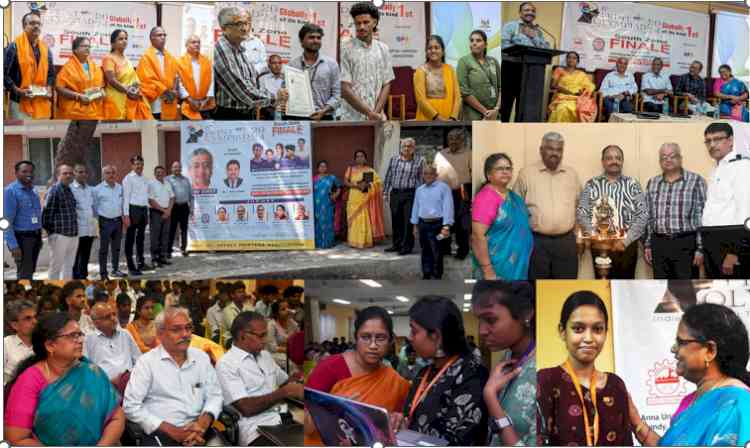Now, a blood test to predict premature delivery
Toronto, May 15 (IANS) In view of the fact that a lot of pregnant women get hospitalised because of false labour pain, researchers have developed a new blood-based diagnostic test to determine whether or not women with threatened pre-term labor...

Toronto, May 15 (IANS) In view of the fact that a lot of pregnant women get hospitalised because of false labour pain, researchers have developed a new blood-based diagnostic test to determine whether or not women with threatened pre-term labor (TPTL) would give birth prematurely.
The diagnostic test accurately predicted whether 70 percent of female study participants with TPTL would or would not give birth prematurely.
"We want to develop a test that can differentiate between true and false labour so that women in true labour can receive the appropriate medical care while women in false labour will receive supportive care and be discharged," said professor Stephen Lye from Mount Sinai Hospital in Canada.
The current premature labour diagnostic test, fetal fibronectin (fFN) test is easily influenced by factors that can cause false positives.
Thus, many women are ineligible for fFN testing.
In an effort to develop a method that can be used in all cases, scientists used microarrays to study differential whole blood gene expression associated with spontaneous premature birth within 48 hours in women admitted with TPTL - an important window for the clinical management of TPTL.
Blood samples were collected prior to treatment from 150 TPTL women. The fFN test was also performed on eligible participants (60 women), and the results were compared.
The researchers discovered that a set of nine genes, coupled with clinical blood data, could classify whether 70 percent of participants would or would not have a spontaneous premature birth within 48 hours of hospital admission.
In addition, the nine genes coupled with clinical blood data outperformed the fFN test.
The study appeared in the journal PLOS ONE.

 cityairnews
cityairnews 
















